
Member of Parliament for Tano North, Dr Gidoen Boako has wondered why the Mahama administration has increased water and electricity tariffs by 14.75% at a time the government promised to reduce the cost of living for Ghanaians.
Dr Boako expresses the view that the increment should not be blamed on the International Monetary Fund (IMF)programme because the data shows that under the same IMF programmes, the NPP managed the electricity tariffs better
The Public Utilities Regulatory Commission (PURC) has increased electricity and water tariffs by 14.75% and 4.02% respectively.
This is contained in a press release dated April 11.
“The Commission, in their decision today at 6pm reviewed upward the average end-user tariff for electricity by 14.75% (See Table 2) and also 4.02% (See table 3) upward for water supply across board for all category of consumers,” the release said.
According to the PURC, the announcement followed its conclusion of the regulatory process for the quarterly adjustment of electricity and water tariffs for the first and second quarters of 2025.
“The regulatory process is in line with the Commission’s Quarterly Tariff Review Mechanism outlined in its Rate Setting Guidelines for Quarterly Adjustment of Natural Gas, Electricity and Water Tariffs. The Quarterly Tariff Adjustment tracks and incorporates changes in four (4) key variables namely, the Cedi/Dollar exchange rate, inflation, electricity generation mix, and cost of fuel (mainly natural gas) in electricity tariffs. The Quarterly Tariff Review Mechanism is essentially meant to avoid over- and under-recovery of revenues,” the PURC explained.
Reacting to this oin a statement on is X page, Dr Boako said “Today, the government of the NDC that promised to reduce the cost of living for Ghanaians has, in their first four months in office, increased electricity tariffs by 14.75%. Coming events, they say, cast their own shadows.
“Let this not be blamed on any IMF programme because the data above shows that under the same IMF programmes, the NPP managed the electricity tariffs better.”
Below is the full post…
Read Also: Don’t amend, repeal the L.I that allows mining in forests – UTAG tells Mahama govt
*Dr. Gideon Boako (Tano North Constituency MP) writes*:
*CHANGES IN ELECTRICITY TARIFFS IN GHANA FROM 2009 TO 2024:*
The data I am sharing below depicts increases/reduction in electricity tariffs under the NDC (from 2009 to 2016) and NPP (from 2017 to 2024). *It is instructive to note that both political regimes experienced IMF programmes in their first and second terms*.
*Under NDC*
* 2009 – nill
* 2010 – 89% increase
* 2011 – 10% increase
* 2012 – 7.42% increase
* 2013 – 58.9% increase
* 2014 – 28.35% increase
* 2015 – 90.93% increase
* 2016 – 10% increase
*Under NPP*
* 2017 – nill
* 2018 – 17.5% reduction
* 2019 – 17.46% increase
* 2020 – nill
* 2021 – nill
* 2022 – nill
* 2023 – 51.02% increase
* 2024 – 6.47% increase
The NDC from 2009 to 2016 did a *cumulative percentage increase in electricity tariffs of 294.6%*, which translates into an average increase in electricity tariffs of 36.8% over their 8 years period in government
The NPP, on the other hand, did a *cumulative percentage increase in electricity tariffs of 57.45% and an average of 7.2%*.
While under the NDC, electricity tariffs were increased astronomically, Ghanaians at the same time were living in dumsor.
Under the Nana Addo-Bawumia government, electricity tariffs saw minimal increase with corresponding steady and reliable supply of electricity power.
Today, the government of the NDC that promised to reduce the cost of living for Ghanaians has, in their first four months in office, increased electricity tariffs by 14.75%. Coming events, they say, cast their own shadows.
And, hey! Let this not be blamed on any IMF programme because the data above shows that under the same IMF programmes, the NPP managed the electricity tariffs better.
*Source: Public Utilities Regulatory Commission(PURC)*
The post Electricity and water tariffs hike: Coming events cast their own shadows – Boako first appeared on 3News.
Read Full Story
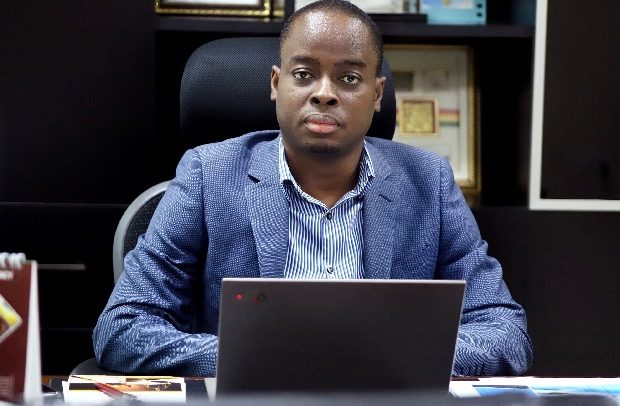

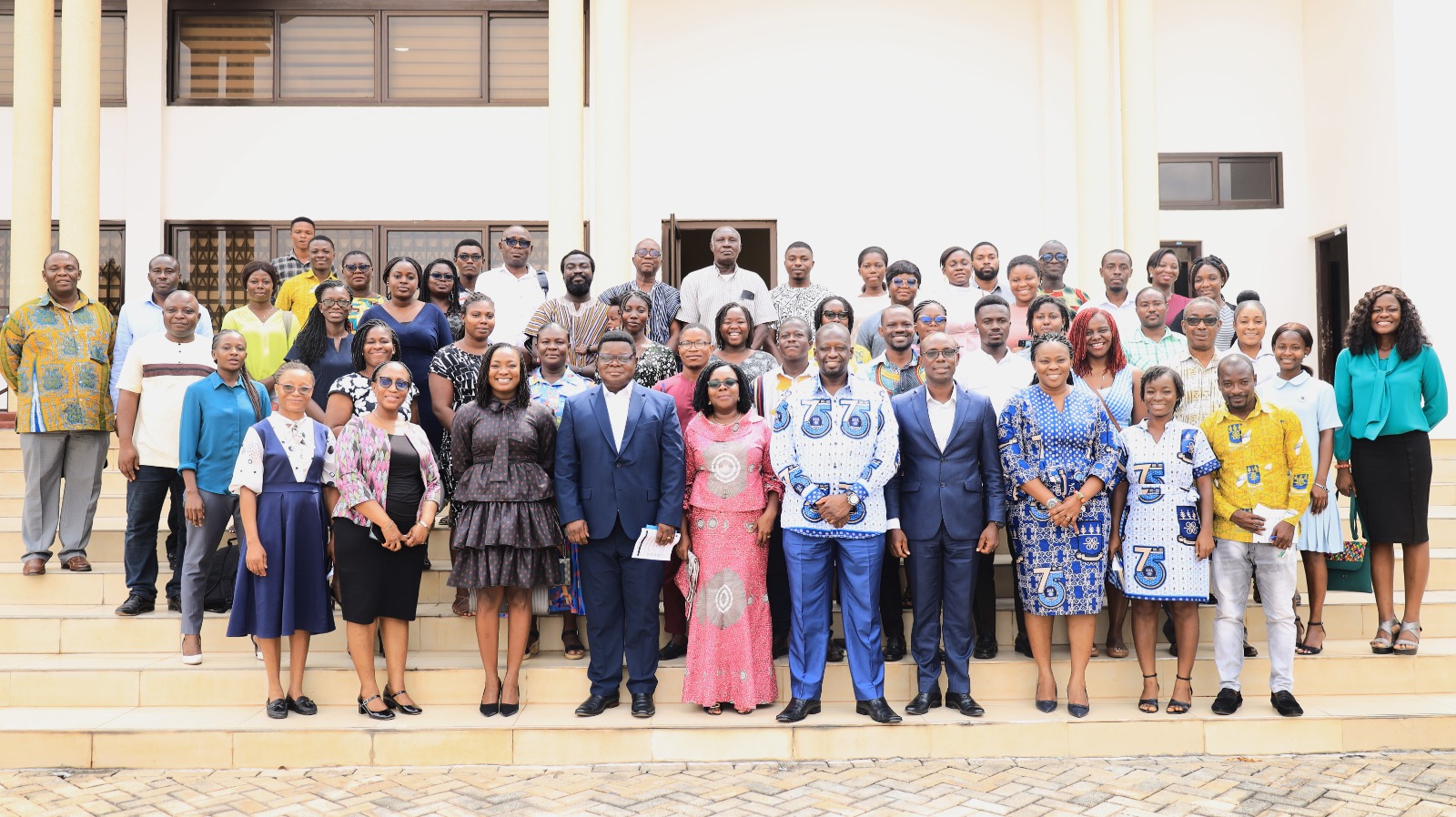
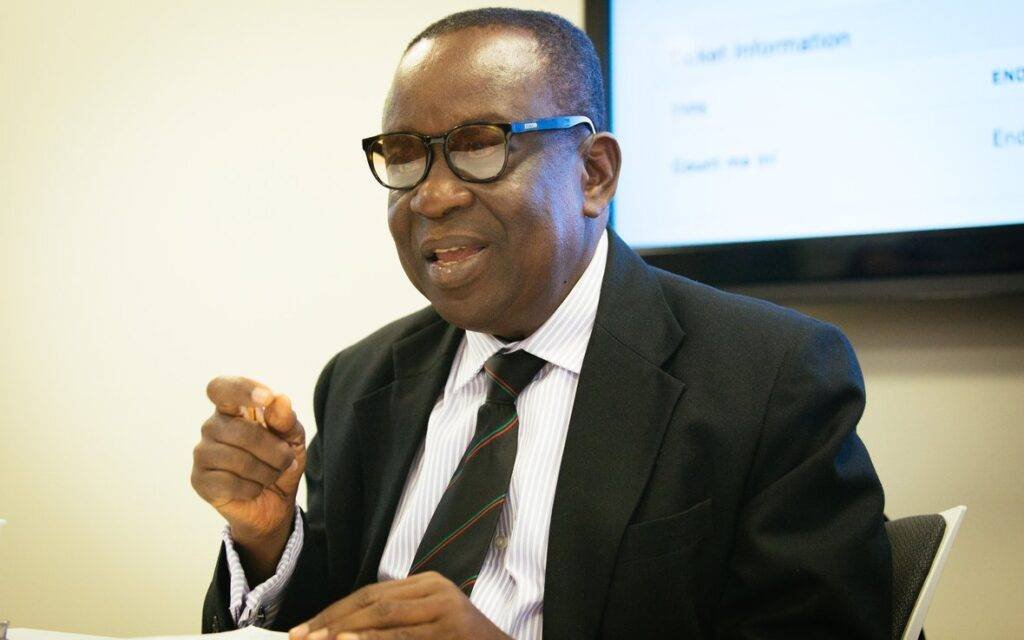




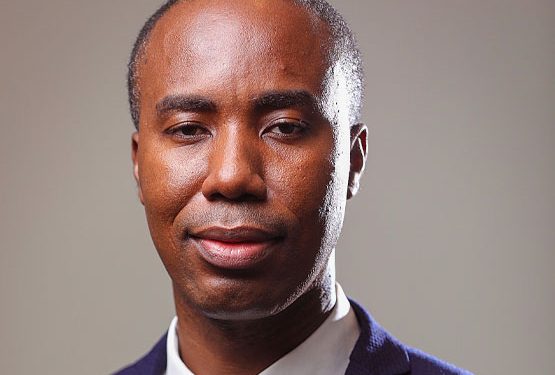
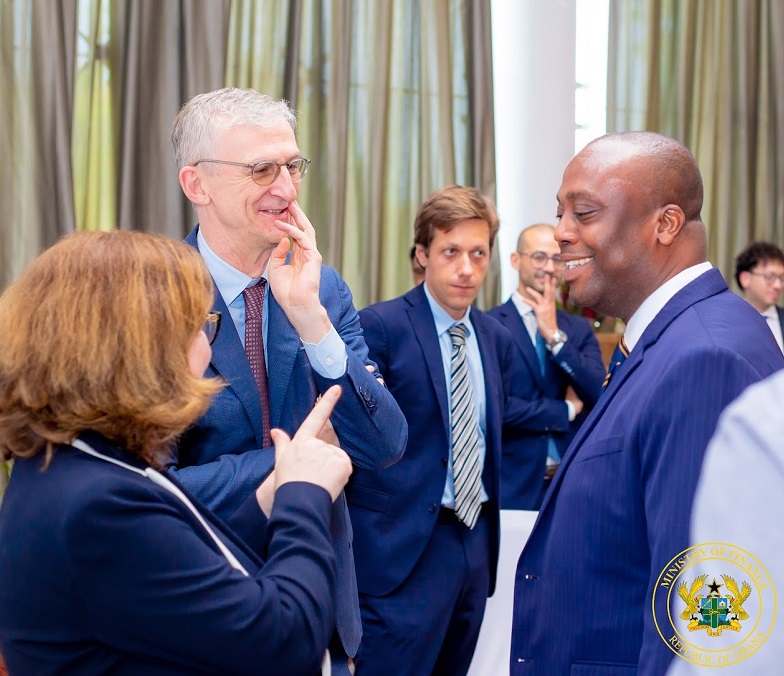
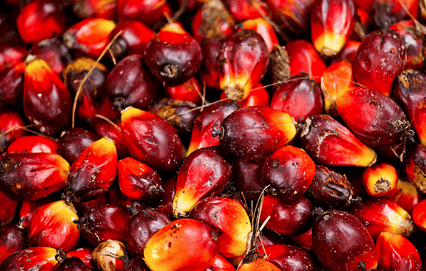

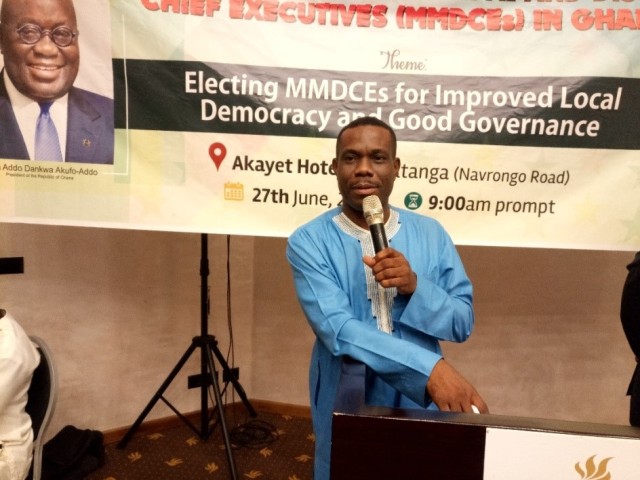


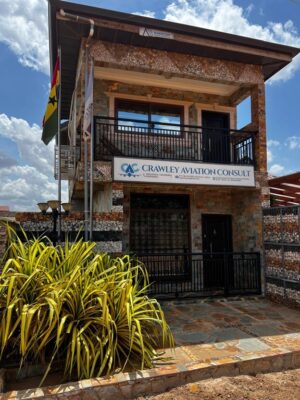
Facebook
Twitter
Pinterest
Instagram
Google+
YouTube
LinkedIn
RSS